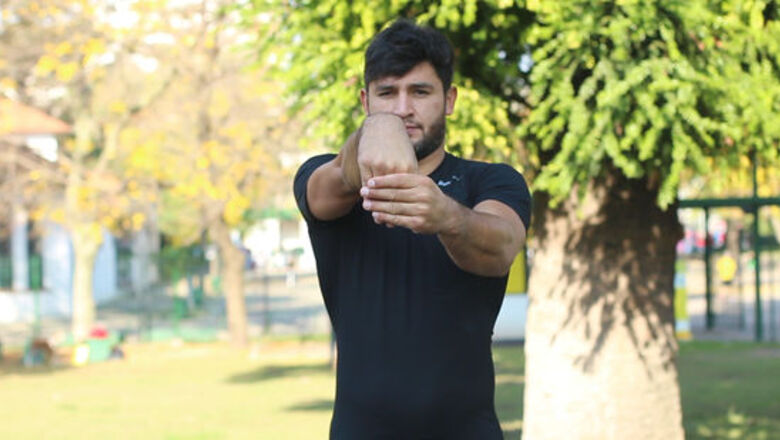
views
How to Do a Forward Roll for Beginners

Stretch first. Start off by stretching your back, wrists, and legs to avoid getting hurt while doing this trick.
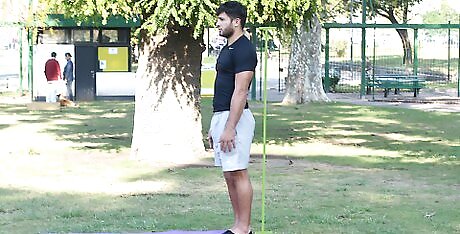
Stand on a mat in a wide open space. A forward roll can be done indoors on a gym mat or outside in the grass. Look for a flat space where you'll have plenty of room. Alternatively, you can do a forward roll on a downward incline and use gravity to help you move into the roll.
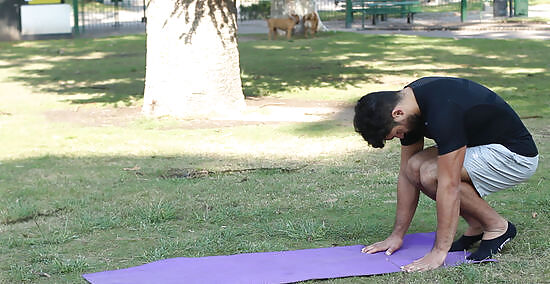
Get in starting position. Squat with your feet together. Place your feet together and bend your knees so that you're squatting. Place your hands on the ground in front of you with your elbows bent. Your hands should be evenly spaced at shoulder width. This is the starting position for a beginner's forward roll. Alternatively, you can start in an upright standing position with your hands stretched straight over your head. Pike your body forward and bend your knees to move into a squatting position to start the roll.
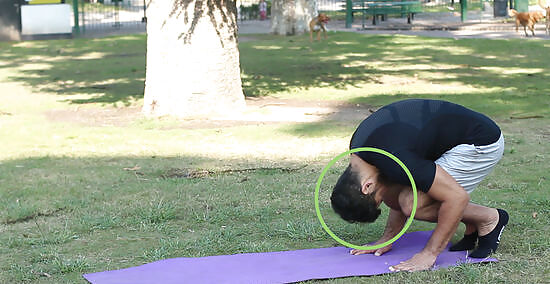
Drop your head between your arms. Be sure to tuck in your chin. As you move into the roll, you don't want to place weight on your neck - it should move directly onto your upper back. Tucking in your chin will help ensure that you don't put pressure on your neck.
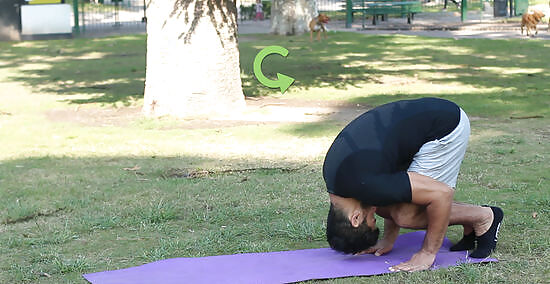
Roll forward. Push over onto your upper back, so that your body rolls forward and your hips are pushed over your head. Follow the curve of your spine as you roll. Keep your back curved and keep your hands in position. Do not roll from side to side - roll straight forward along your spine. Otherwise, you may fall to one side or the other. Be sure to keep your chin tucked in and your back curved. If you straighten out, your roll won't have as much momentum.
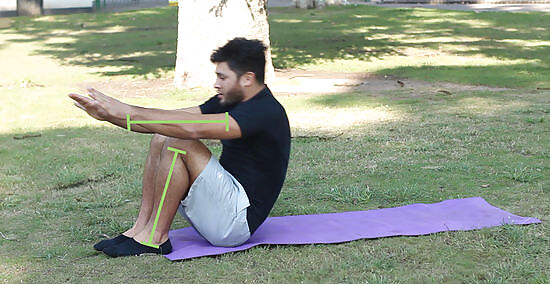
Have straight legs and pointed toes. Throughout the roll, your legs should stay straight and your toes pointed. Bend your legs only at the end of the roll, when it's time to stand up. This is the standard positioning for a beginner's forward roll. However, some gymnasts prefer to tuck in the legs during a forward roll. If it helps you gain momentum to keep your legs tucked, you can practice that way, too.
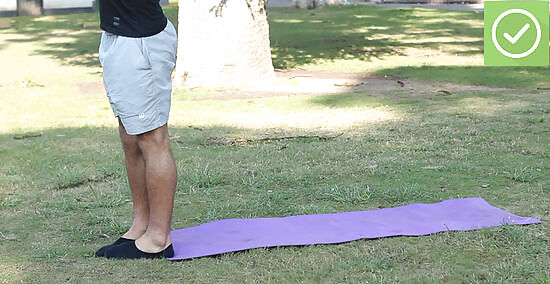
Stand without using your hands for support. At the end of the roll, place your feet flat on the floor and move into a standing position without putting your hands on the ground. Straighten your legs, then finish upright with your hands over your head.
How to Do Advanced Variations
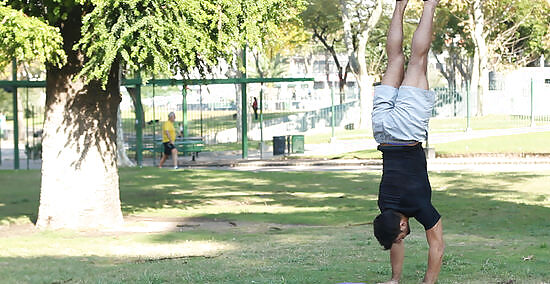
Do a handstand forward roll. This advanced variation starts with a basic handstand. Start with your legs spaced apart and your body upright. Move into a handstand and pause for a moment. Instead of kicking out of the handstand, bend your arms and lower your body toward the ground, then tuck your head and move into a forward roll. Finish in a standing position with your hands stretched over your head. In a correct handstand foward roll your arms stay straight and you curve your back and roll. But doing one with bent arms is perfectly fine too. Before you attempt a handstand forward roll, be sure you've mastered both the handstand and the forward roll separately. You might want to work with a spotter to do the handstand forward roll, to ensure that you don't get injured when you drop into the roll.
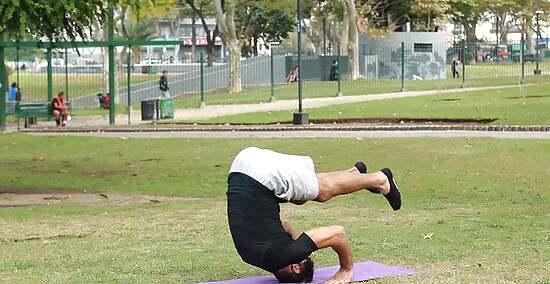
Do a forward roll kip-up. This move begins the same way as the standard forward roll. Instead of completing the roll and standing up, kick your legs outward and lunge your body out of the roll, so that you jump with both feet into a standing position. The ending of a forward roll kip-up looks similar to the a back handspring landing. Use your hands to help propel your body off the ground to jump into your landing. When both feet are firmly planted on the ground, raise your body upright and end with your arms extended over your head.
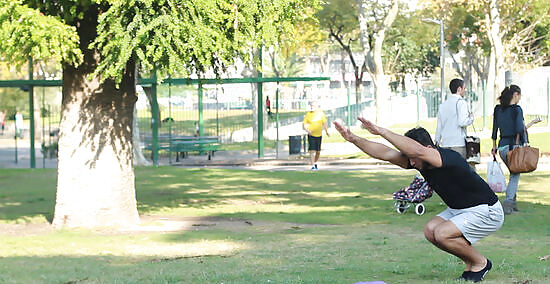
Do a dive roll. This impressive advanced variation requires diving into the roll instead of starting in a fixed position. Begin by doing a short headfirst dive, as though you have a small log to dive over, and support your body with your hands as you move into a roll. As you get used to diving, you can make the dives bigger.




















Comments
0 comment